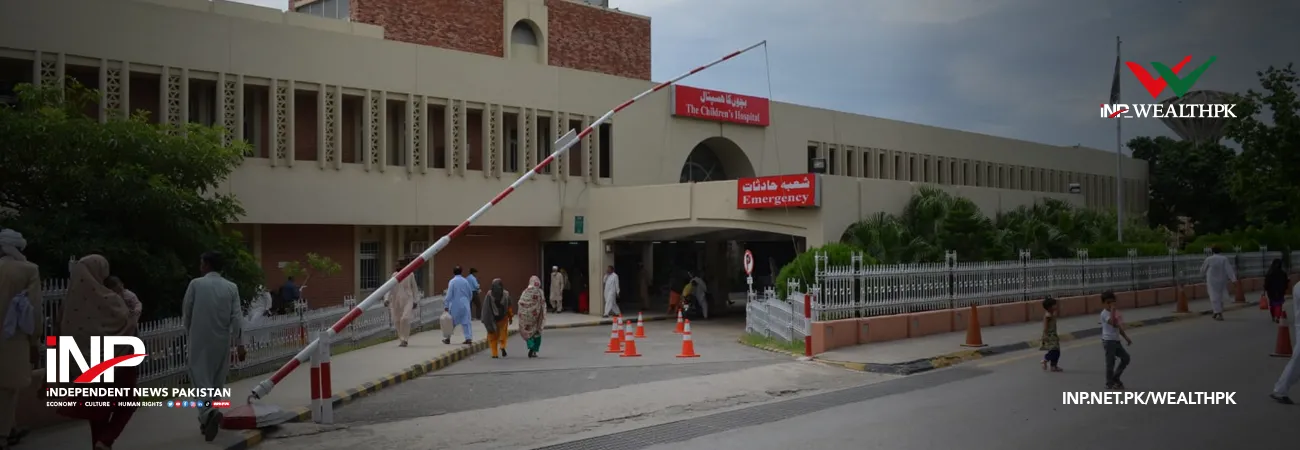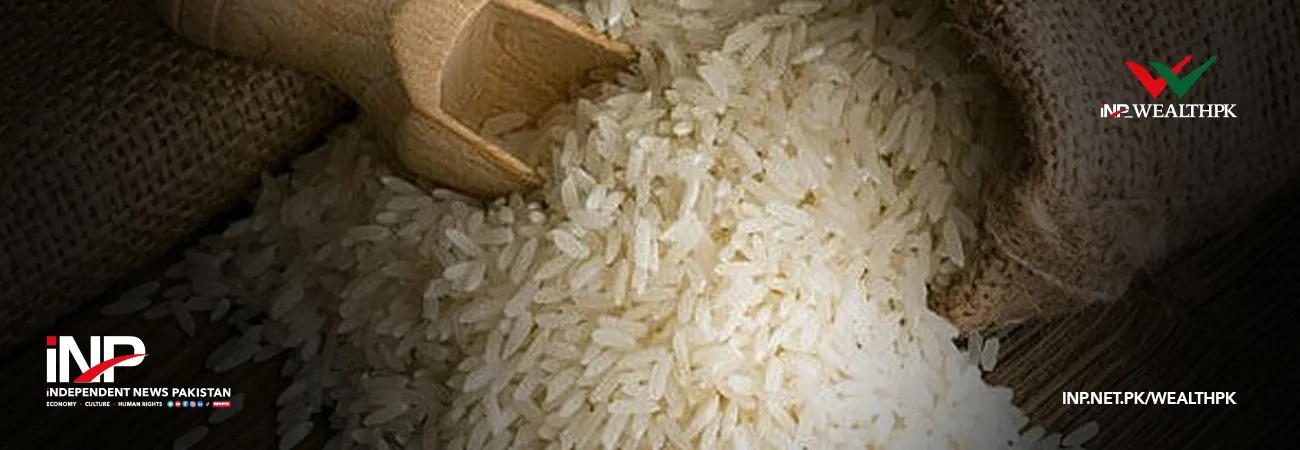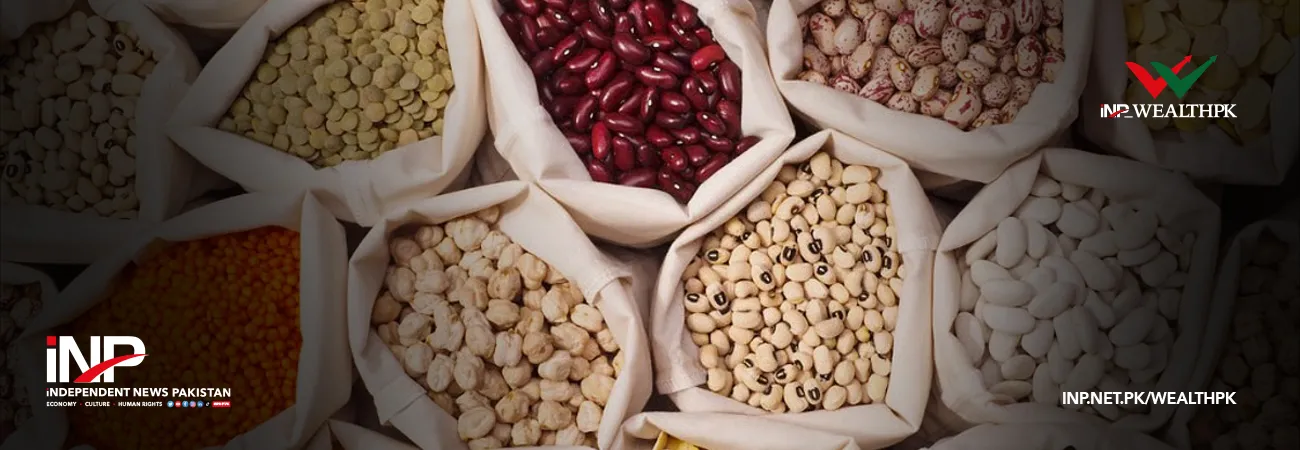By Muhammad Mudassar
ISLAMABAD, June 06 (INP-WealthPK): The natural gas reserves in Pakistan are declining at a rapid pace, while demand is increasing due to population growth. Pakistan is currently facing a serious challenge in meeting the gas and electricity demand of consumers.
The indigenous gas reserves in Pakistan are depleting at an annual rate of around 9%, while exploration and production companies have not made any major discoveries for a long time.
As a result, the supply of indigenous gas has decreased sharply. In the fiscal year 2020-21, the average supply of indigenous gas was approximately 995 million cubic feet per day (mmcfd). During FY 2021-22, till March, the average supply per day was 7% lower than the previous year (930 mmcfd).
In May 2022, the average supplies of local gas were 875 mmcfd. According to the Ministry of Energy, this month-to-month sharp decline is due to a sudden depletion of 55 mmcfd gas supply from the fields (Sawan, Badin, Sujawal, Naimat, Gambat, Pakhro Sinjhota, and Kunner) in May 2022.
SSGC’s year supply and demand projection (mmcfd)
| Year |
Demand |
Projected supply |
Actual supply |
Shortfall |
| 2019-20 |
1,250 |
1,100 |
1,266 |
150 |
| 2020-21 |
1,300 |
1,060 |
1,198 |
240 |
| 2021-22 (p) |
1,330 |
1,017 |
1,162 |
313 |
| 2022-23 (p) |
1,360 |
886 |
1,012 |
474 |
| 2023-24 (p) |
1,400 |
746 |
853 |
654 |
| 2024-25 (p) |
1,435 |
634 |
724 |
801 |
Source: SSGC
A major contributing factor to the indigenous gas shortage is the low price that encourages excessive natural gas consumption. The circular debt in the gas sector has reached Rs1,500 billion, the Ministry of Energy informed the Senate Standing Committee on Energy.
LNG is one of the important sources of electricity generation. Around 19% of electricity is generated through LNG. Pakistan has realized the problem of a gas shortage, and imports are continuing since FY 2015.
Currently, Pakistan is the ninth largest importer of LNG. It is getting more than 50% of LNG through long-term contracts. Currently, the prices of LNG have hiked in the international market due to the Russia-Ukraine conflict. According to government data, Pakistan’s LNG import cost has increased by 83% to $3.7 billion in the 10 months of FY22. This price hike drastically hit the spot purchasing. Long-term contracts provide price stability and price management. Recently, Pakistan has purchased LNG at an average of $23 per metric million British thermal unit (mmbtu) for the month of June, approximately 47.4% more expensive than the purchase made in April 2022 ($15.6/mmbtu).
Being an agricultural country, Pakistan has rich resources of biogas. So, there is a need to invest in the biogas sector.
According to the Ministry of Energy, around 40% of line losses in the gas sector are associated with domestic sector. There is a need to reduce line losses through strict monitoring.













